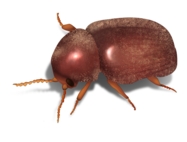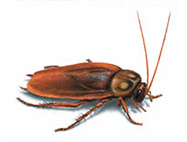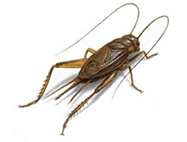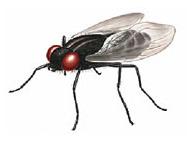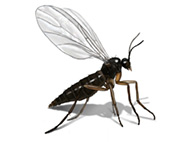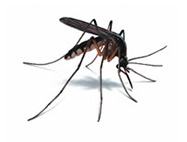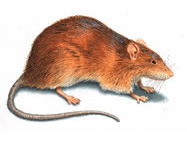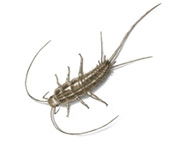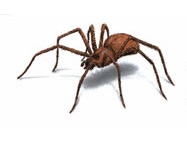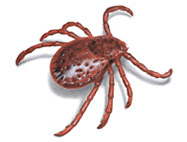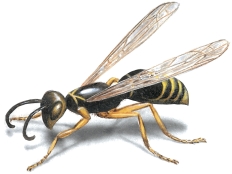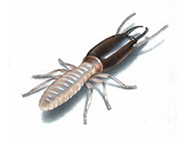Scientific Name: formicidae
Description:
There are more than 12,500 of an estimated total of 22,000 species of ants according to classifications. Ants are usually 1/20 inch to ½ inch long. Their significant appearance with their elbowed antennae and the node like body structure makes them easily identifiable. Their skin tones also vary from yellow to brown to red or a combination of these forming an earth-like tone. Ants can be referred to as social insects that live in colonies comprising of one or more queens, males and many workers. The workers are classified as major workers or minor workers according to their size.
Moreover, Ants have varied food preferences and nesting habits. Most ant species live in the soil while some live in wood or by producing mounds behind countertops, baseboards and moldings. Generally, ants feed on a wide range of food types such as sweets, meats, starches, fats or scale insects. It is important to know about food preferences and nesting habits of different ant species in order to control them.
Few ant species are considered as pests as they harm humans and the resources that they live in. The ants are capable of damaging property in numerous ways. They can infest food, weaken wood structures and they transmit disease organisms very rarely. Knowledge of the type of ant is essential to determine the nesting site, preference for food and to decide on the effective method of control. It is necessary to destroy the nest with the queen ant to eliminate an ant colony.



